The BP Pension Scheme is an in-house operation, running around £14bn, which finds itself in the position of having a large and profitable parent. Managed by Sally Bridgeland, the scheme is targeted at growth and takes a sanguine view of market volatility – preferring to take a very long term view. Here she reveals what makes the scheme tick, gives her views on internal managers and the possibility of awarding external mandates.
What is the set up at the BP Pension Scheme?We have got a team of nearly 30 investment professionals as part of the finance section of BP, which we call Treasury, that invest most of the funds on behalf of the trustee. We have just over 70% invested in equities although we include private equity as part of that. There is a private equity specialism within our in-house fund management team and a property team as well, where we invest in direct and joint ventures in UK property. We also have some UK bonds, corporate bonds, which are outsourced. We have three different managers involved externally in running this. Our target out performance, the alpha side of the benchmark, is a fairly modest but sustainable 0.5% pa. The active investment philosophy is very much to take risk only when you feel it’s going to be rewarded. Our managers are rarely up against the overall tracking error limit that we set for the portfolio yet have had consistent out performance over the long term, which is really what matters. On the trustee side, there are six of us who make up my team. As the CEO I am an executive director responsible for developing policy and monitoring the operations. Most of the governance around the fund management side, the monitoring, the reporting back is currently delegated to me. Effectively the head of our fund management team and I are our investment committee. So we do not have a separate investment committee which is a bit unusual. We also have an administration team that is also in-house, as part of the HR side of BP. It’s about 60 people. So if you look across BP, there are close to 100 people involved in the running of this pension fund. Most of whom are also members of the fund as well.
What are the benefits, as you see them, of running the vast bulk of your money in-house? Does it mean you are less prone to investment trends?It allows you to have a sense of detachment from what other pension funds are doing, which can be a positive. Our investment strategy has been very stable and is run similarly to a balanced fund – we have a strategic asset allocation but with flexibility for the fund management team to add value through allocating between bonds and equities, and the different geographical equity portfolios. Funds that use external fund managers running different parts of their portfolio can lose this ability and source of returns, unless they are able to find an investment service or governance structure that introduces this skill. In a way, our team has never lost what a lot of funds were doing in the 1970s and 1980s anyway – and the stability of our team means that some of them have been around to see it through from then to their own retirements. Given that the main dynamic that has driven the need to control risk has been the relative size of the pension fund compared to the size of the sponsor, this makes sense. BP’s growth has outstripped the pension fund. Unusually within UK pension funds we have still got that strong support to the pension fund.
How are your teams structured?The equity portfolio takes up the majority of the resources, and the UK portfolio which is the biggest part is divided further into sectors. Within that there are teams of two people who are there to challenge each other’s ideas, and work together – while working very closely with the other teams. This is particularly important when looking at stocks for multinational companies which could fit in a number of different portfolios. The sharing of knowledge helps get perspective on where to find the best opportunities for the money we are investing.
Do you develop a house view?Each fund manager has freedom to have their own style, which gives some style diversification across the team. There are those who do bottom up company fundamentals, there are some who do pair trades – looking at this company versus that company, and their position around the benchmark. Others work building on themes; it really does depend on their view of what best works on the opportunity set that they have. It is partly their view, their character and their preferences that have made up the track records they have.
When adding to the team, are you balancing the different styles?I do not get directly involved in the recruitment because that’s not my role. But I know the head of investments constructs his team by looking at the skills and personalities involved, balancing people who can work well as a team but with a healthy amount of challenge. This is fundamental to a lot of business dynamics generally. You want to have an environment where challenging someone is safe, and it is not about competition.
Is it a stable team?Yes, very stable. We had some turnover, but we have got quite a lot of people who have been here for 15-20 years.
Are there plans to increase the size of the investment team?At the moment we have been recruiting additional resource on the private equity side. That investment area is getting more demanding.
How do you access private equity?It’s a mix, the majority is now in funds, rather than funds of funds. But when we started off , because it was a new area for us back in about 2000, most of the investments were through funds of funds.
You have no hedge fund investments. Why is that?Fundamentally we want growth. So hedging out that long term growth does not seem to make sense. We are not in the same situation that a lot of other funds are, where either the funds are closed to new members or already maturing rapidly. If a pension fund is in that run-off stage of its life, a fall in capital values really matters because it is much harder to get that money back – you will need to draw on greater support from your sponsor, or the investment returns. This can lead to a downwards spiral and increasing of risk. If you are in the more steady state, where there is money coming in and there is money going out and it is pretty much in balance, capital values can go up and down, and you can stomach that risk. The funding level might be volatile, but actually you are not having to sell any investments at a loss. So our philosophy is; we do expect there to be some growth in the world and we hope that is going to come through our investment strategy. That in turn will give us more of a reserve to meet the uncertainties around the liabilities. Longer term we can move to safer investments as the liabilities mature.
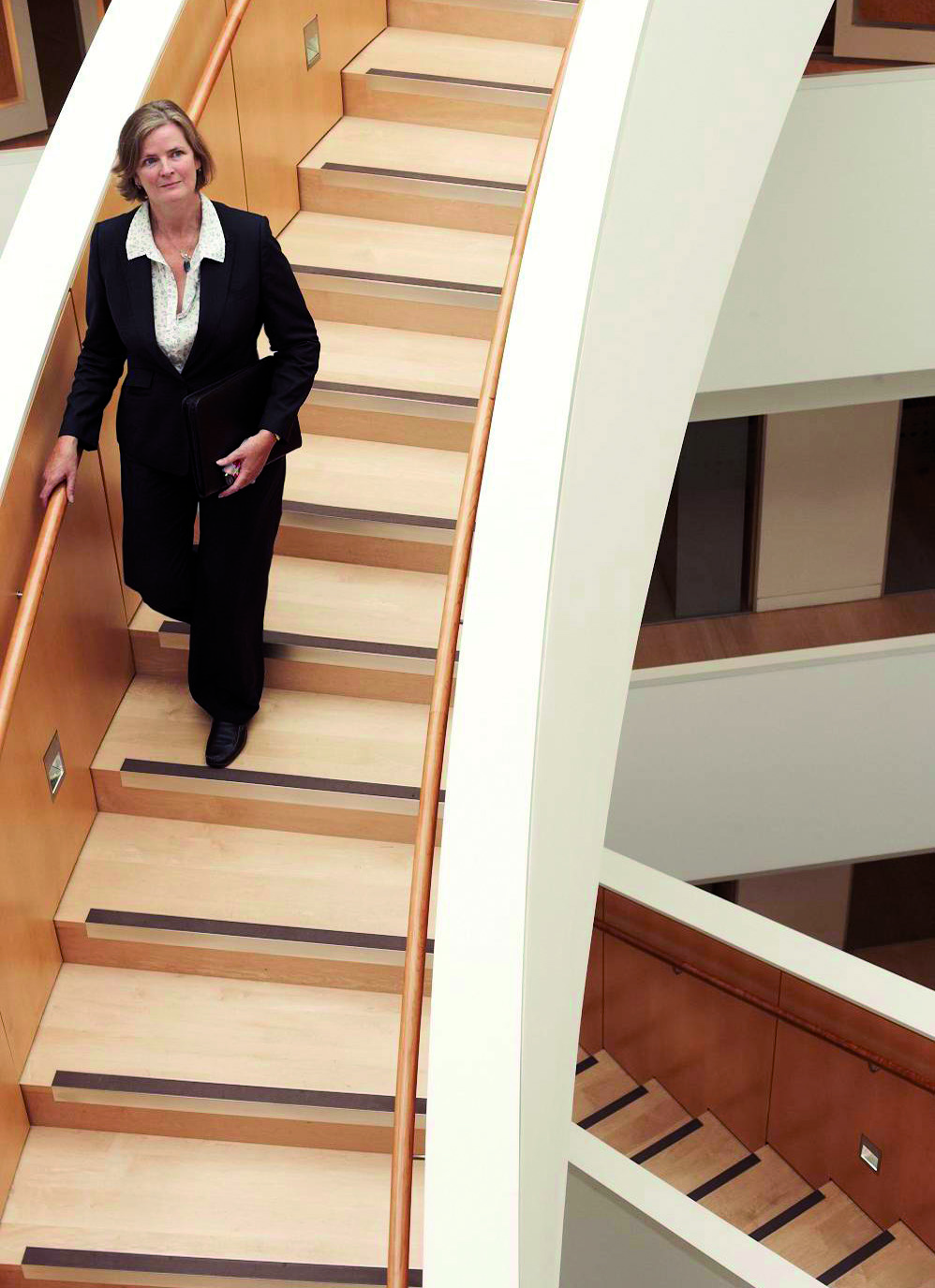
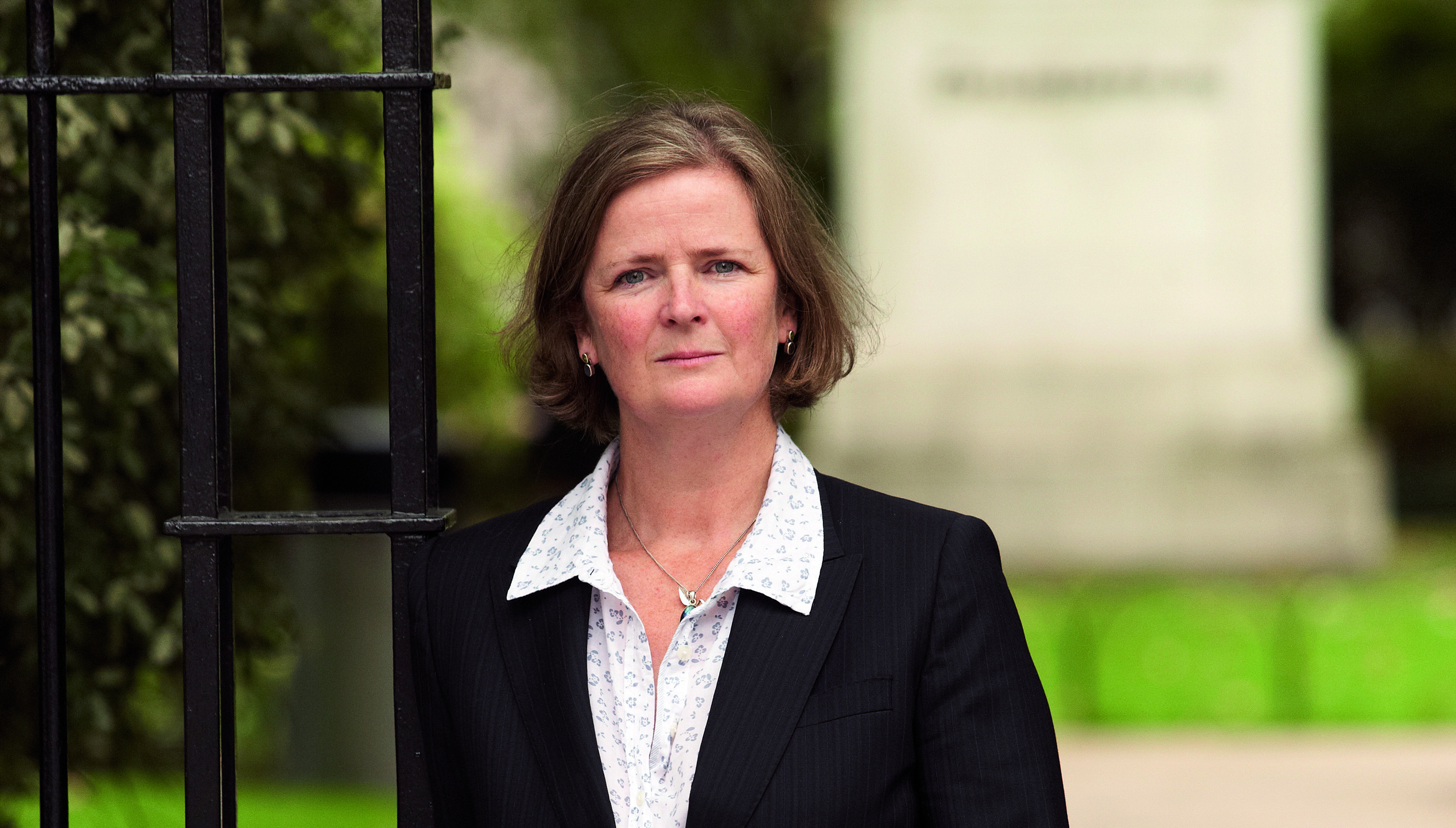

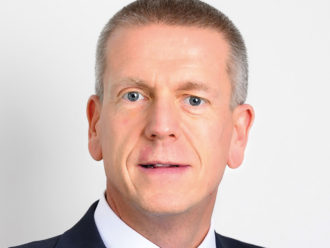
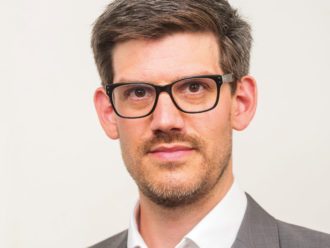
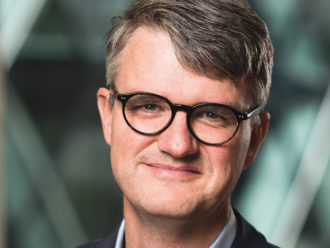
Comments